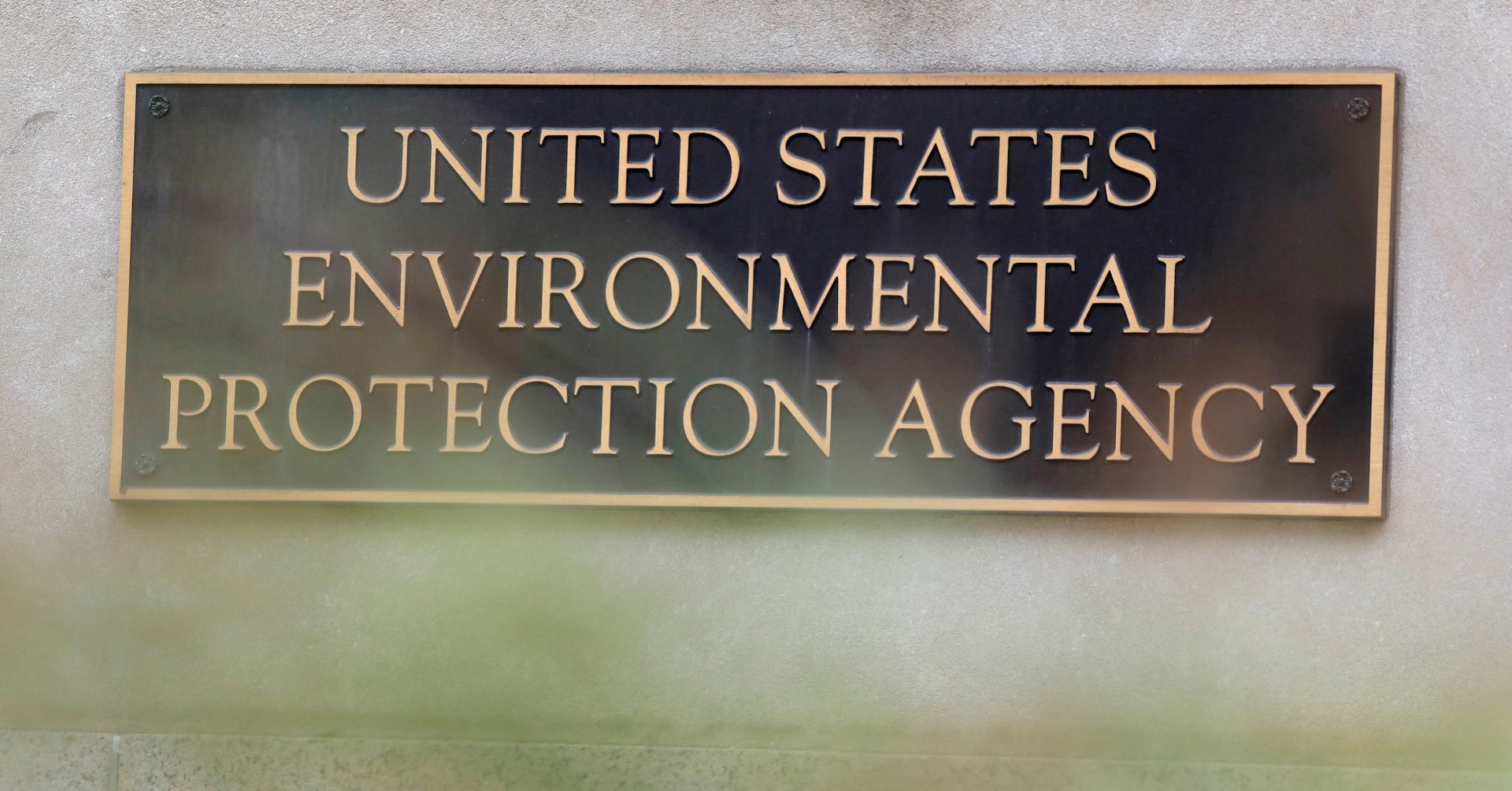Green Hopes Fade: Trump Era Slashes Environmental Justice Initiatives

In a significant shake-up at federal environmental agencies, the Trump administration has taken decisive action to reduce staffing in environmental justice programs. Over 100 employees at the Environmental Protection Agency (EPA) have been placed on administrative leave, while similar staff reductions are being pursued at the Justice Department, according to sources familiar with the matter.
The move signals a potential shift in the administration's approach to environmental and social equity initiatives, raising questions about the future of programs designed to address environmental challenges in vulnerable communities. These staff reductions could have far-reaching implications for ongoing environmental justice efforts across the federal government.
While the exact reasons behind the staff reductions remain unclear, the action has sparked concern among environmental advocates who view these programs as critical to protecting marginalized communities from environmental hazards and unequal environmental impacts.
